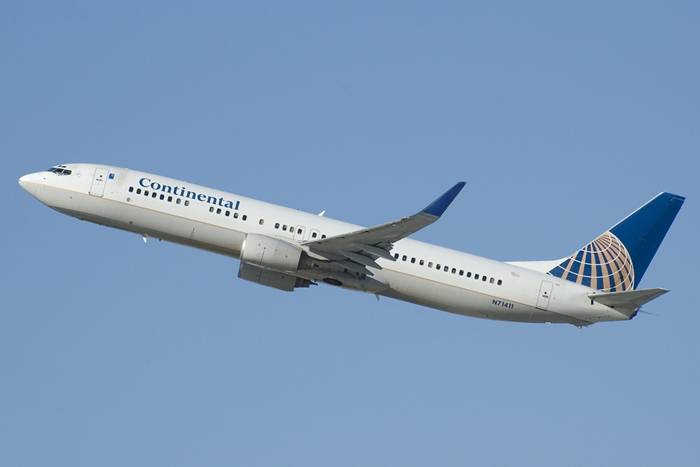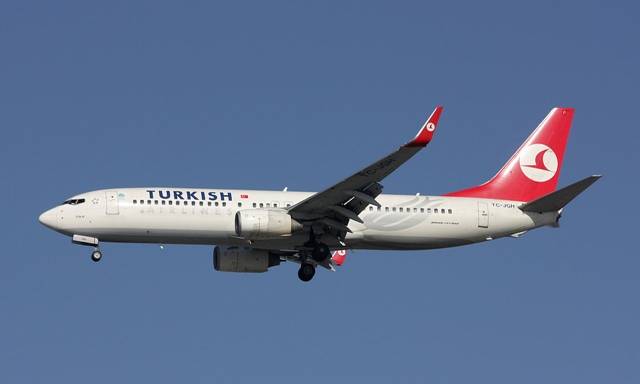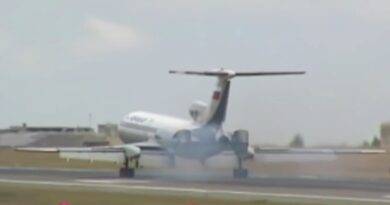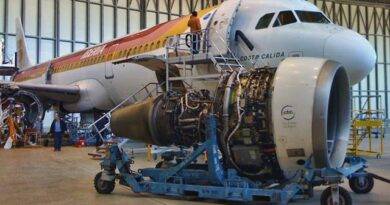Unveiling the Differences: Boeing 737-800 vs. 737-900
The Boeing 737-800 and the Boeing 737-900 are both narrow-body jet airliners that are part of the Boeing 737 Next Generation (NG) family. The two aircraft are very similar, but there are a few key differences between them. Unveiling the Differences: Boeing 737-800 vs. 737-900
Length
The most obvious difference between the two aircraft is their length. The 737-800 is 129 ft 6 in (39.50 m) long, while the 737-900 is 138 ft 2 in (42.10 m) long. This extra length gives the 737-900 more passenger seating capacity and cargo space.
Passenger capacity
The 737-800 can seat up to 189 passengers in a single-class configuration, while the 737-900 can seat up to 199 passengers. In a typical two-class configuration, the 737-800 can seat 167 passengers, while the 737-900 can seat 180 passengers. (I would like to point out that passenger capacity depends on configurations and there are different values in different sources).

Cargo capacity
The 737-800 has a cargo capacity of 1,740 cubic feet (49.3 m³), while the 737-900 has a cargo capacity of 2,425 cubic feet (68.7 m³).
Range
The 737-800 has a range of 2,970 nautical miles (5,520 km), while the 737-900 has a range of 3,000 nautical miles (5,556 km).
Fuel capacity
The 737-800 has a fuel capacity of 6,875 US gallons (26,377 liters), while the 737-900 has a fuel capacity of 7,530 US gallons (28,527 liters).
MTOW
The 737-800 has a maximum takeoff weight (MTOW) of 415,000 pounds (188,240 kg), while the 737-900 has an MTOW of 415,200 pounds (188,312 kg).
Engines
Both the 737-800 and the 737-900 are powered by CFM International CFM56-7B turbofan engines. For more information about aircraft engine manufacturers, click.
Avionics
Both the 737-800 and the 737-900 are equipped with the same avionics suite, which includes the Honeywell Electronic Flight Instrument System (EFIS) and the Rockwell Collins Advanced Cockpit System (ACS).
As of October 2023, a total of 7,124 737NG aircraft had been ordered, of which 7,106 had been delivered, with remaining orders for two -800, and 16 -800A variants. The most-ordered variant was the 737-800, with 4,991 commercial, 191 military, and 23 corporate, or a total of 5,205 aircraft.
Here is a table showing the number of each variant of the 737NG that has been ordered and delivered:
| Variant | Orders | Deliveries |
|---|---|---|
| 737-600 | 692 | 691 |
| 737-700 | 1,319 | 1,318 |
| 737-800 | 5,205 | 5,191 |
| 737-900 | 908 | 906 |
Here are the top five airlines that have ordered the most 737NG aircraft:
- Southwest Airlines (539)
- American Airlines (467)
- United Airlines (460)
- Ryanair (421)
- Delta Air Lines (396)
Conclusion
The 737-800 and the 737-900 are both very capable and fuel-efficient aircraft that are well-suited for short- and medium-haul flights. The 737-900 is the longer and larger of the two aircraft, and it offers airlines more passenger and cargo capacity.
References:
- Boeing 737-800 Technical Specifications: http://www.flugzeuginfo.net/acdata_php/acdata_7378_en.php
- Boeing 737-900 Technical Specifications: http://www.flugzeuginfo.net/acdata_php/acdata_7379_en.php
- CFM International CFM56-7B Engines: http://global-engine.com/cfm56-7b/
- Honeywell Electronic Flight Instrument System (EFIS): https://aerospace.honeywell.com/us/en/products-and-services/aircraft/boeing
- Rockwell Collins Advanced Cockpit System (ACS): https://portal.rockwellcollins.com/documents/1904088/0/5230809301.PDF/4e94e635-ddc1-6fb6-f484-32a70408a5b4
- https://skybrary.aero/aircraft/b738
image source: https://commons.wikimedia.org/wiki/File:Boeing_737-924_N71411_Continental_Airlines.jpg



